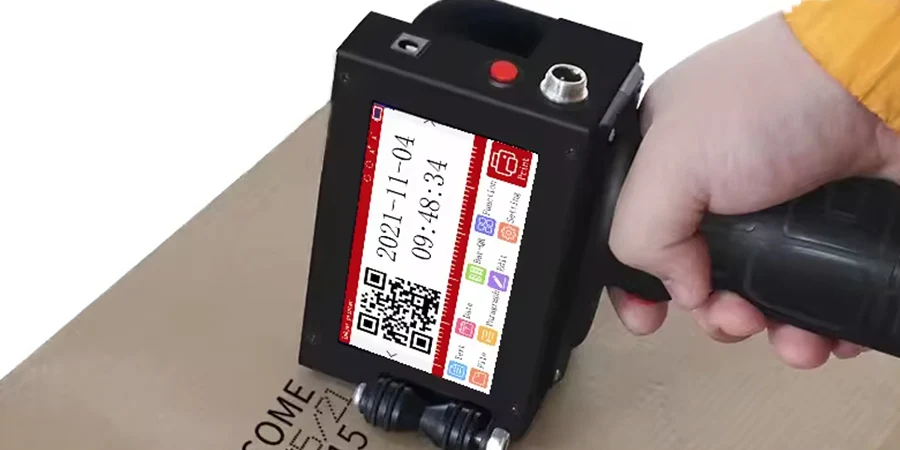In 2025, the handheld printer market is booming, projected to reach USD 28.0 billion by 2030. This article delves into the essential criteria for selecting the ideal handheld printer for various business applications. It aims to provide professional buyers with valuable insights and practical guidance to make informed purchasing decisions.
Table of Contents:
– Market Overview of Handheld Printers
– In-Depth Analysis of the Handheld Printer Market
– Key Drivers and Trends
– Key Factors When Selecting a Handheld Printer
– Final Thoughts
Market Overview of Handheld Printers
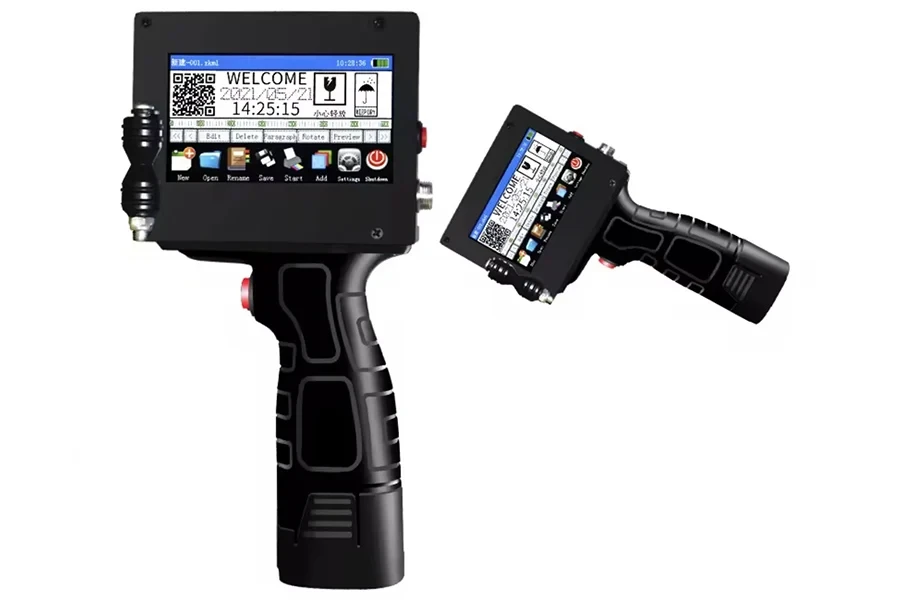
The global handheld printer market is experiencing robust growth. It is projected to reach USD 28.0 billion by 2030, up from USD 9.4 billion in 2023, at a CAGR of 16.9%. This growth is driven by the increasing demand for portable and flexible printing solutions across various industries. In 2023, the market for mobile printers, which includes handheld printers, was worth USD 12.5 billion and is expected to grow to USD 19.03 billion by 2029, reflecting a CAGR of 7.1%.
North America holds a significant market share due to its strong technological infrastructure and high adoption rate of mobile devices. The region’s market dominance is attributed to the widespread use of handheld printers in retail, logistics, and healthcare sectors. The Asia-Pacific region, particularly China, is forecasted to exhibit the highest growth potential, driven by rising smartphone adoption, urbanization, and changing consumer lifestyles. The demand for handheld printers in this region is expected to grow at an impressive CAGR of 21.8% by 2030.
Key players in the handheld printer market include Canon Inc., HP Inc., Epson America, Inc., and Zebra Technologies Corporation. These companies are at the forefront of innovation, offering advanced features such as wireless connectivity, high-resolution printing, and eco-friendly options. The market is also segmented by technology, with thermal printing being the dominant segment due to its efficiency and cost-effectiveness.
In-Depth Analysis of the Handheld Printer Market
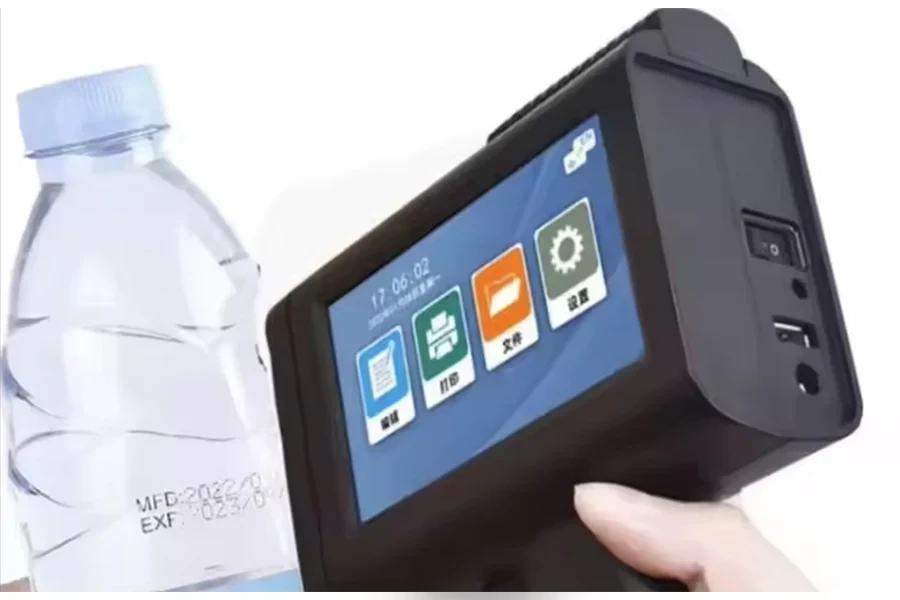
Handheld printers are gaining traction due to their versatility, portability, and efficiency in various applications. These devices are extensively used in retail for printing receipts, labels, and promotional materials, enhancing customer service and operational efficiency. In the healthcare sector, handheld printers are indispensable for printing patient wristbands, prescription labels, and medical reports, ensuring accurate patient identification and medication administration.
The logistics and transportation sector relies heavily on handheld printers for printing shipping labels and invoices, facilitating seamless tracking and management of shipments. The rise in e-commerce activities has further fueled the demand for handheld printers, as businesses seek efficient inventory management solutions.
Technological advancements have played a crucial role in the growth of the handheld printer market. The integration of wireless connectivity options such as Bluetooth, Wi-Fi, and NFC has made handheld printers more convenient and accessible. Additionally, the adoption of thermal printing technology, which requires no ink or toner, has significantly reduced operational costs and environmental impact. Innovations in battery technology have extended the operational time of handheld printers, making them more practical for extended use without frequent recharging.
Despite significant growth, the handheld printer market faces challenges such as compatibility and integration issues. Ensuring seamless connectivity with various devices, operating systems, and applications can be complex and time-consuming. Security and data privacy concerns also represent a significant challenge, as handheld printers often handle sensitive information.
Key Drivers and Trends
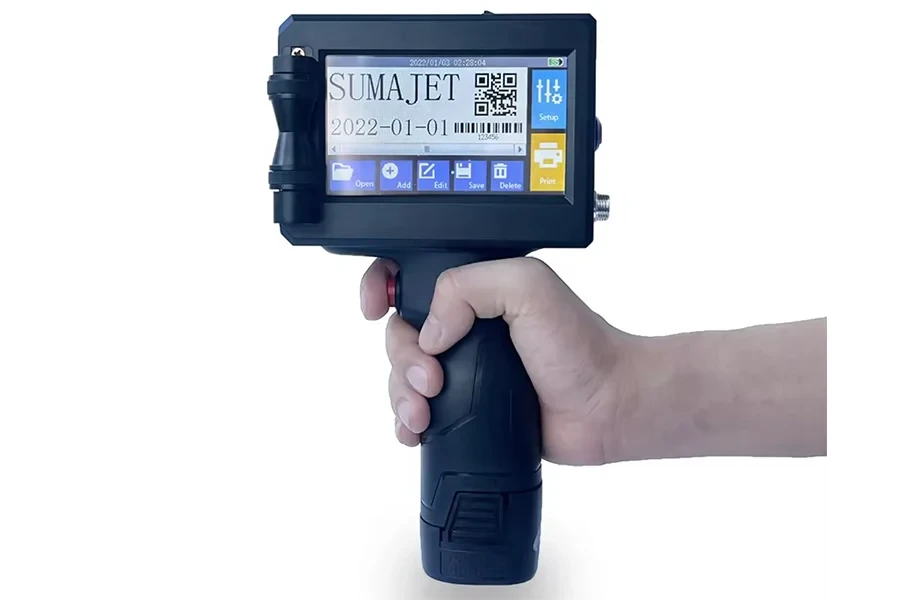
The rapid evolution of technology is a primary driver propelling the growth of the handheld printer market. Continuous advancements in hardware, software, and connectivity solutions have led to the development of sophisticated handheld printers with enhanced capabilities. The rising demand for on-the-go printing in retail, healthcare, and logistics sectors is also a major catalyst for market growth.
In the retail sector, the integration of online and offline channels has led to the widespread adoption of handheld printers for generating receipts, invoices, and labels. The healthcare industry has embraced mobile printing solutions to enhance patient safety and streamline administrative processes. The logistics sector relies on handheld printers for efficient inventory management and accurate labeling of shipments.
Environmental sustainability and cost efficiency have emerged as key trends shaping the handheld printer market. Manufacturers are developing eco-friendly handheld printers using recyclable materials and inkless thermal printing technologies. These innovations align with sustainable practices and reduce operational costs, driving businesses to invest in handheld printing solutions.
Key Factors When Selecting a Handheld Printer
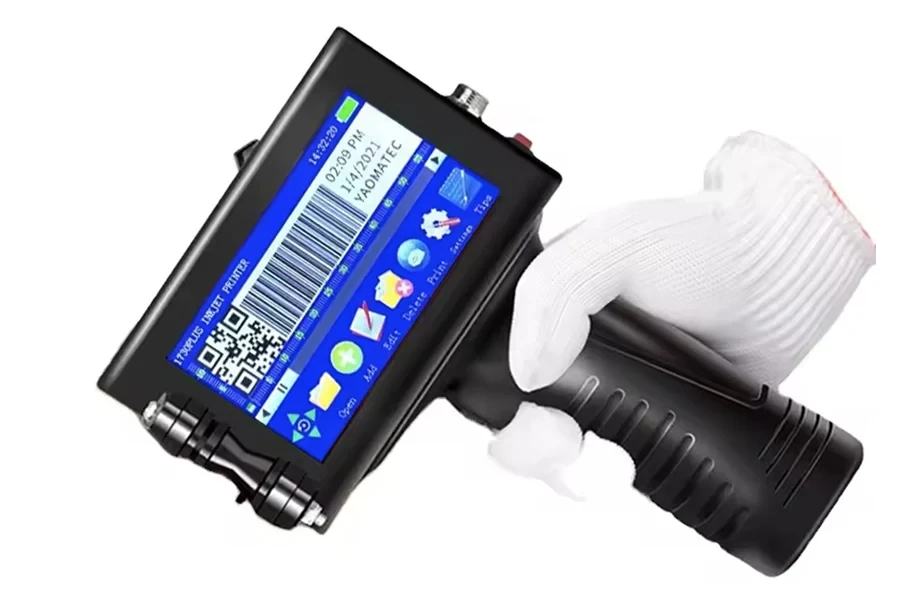
Performance Specifications
When selecting a handheld printer, performance specifications are critical. These include resolution, print speed, memory capacity, and battery life. Resolution, measured in dots per inch (dpi), determines the clarity of the printed output. Higher dpi values indicate better print quality, which is essential for precise and legible text or graphics. Common resolutions for handheld printers range from 200 dpi to 600 dpi.
Print speed, usually measured in pages per minute (ppm) or characters per second (cps), affects efficiency. Faster print speeds are advantageous in high-demand environments such as warehouses or retail settings. Typical handheld printers have speeds varying from 5 to 20 pages per minute.
Memory capacity impacts the printer’s ability to store fonts, graphics, and templates. Printers with higher memory can handle more complex printing tasks without lag. Memory options often include RAM, Flash, and EPROM, with capacities ranging from 2MB to 128MB.
Battery life is crucial for mobile operations. Handheld printers should have a battery that supports a full day of use without frequent recharging. Lithium-ion batteries are common, providing around 8 to 12 hours of continuous operation on a single charge.
Connectivity Options
Connectivity options play a significant role in the functionality of handheld printers. Common methods include USB, Bluetooth, and Wi-Fi. USB connectivity allows direct connection to computers and other devices, ensuring stable and fast data transfer. Bluetooth connectivity offers wireless convenience, enabling the printer to connect to smartphones, tablets, and other Bluetooth-enabled devices. Wi-Fi connectivity extends wireless capabilities, allowing the printer to connect to a local network. Wi-Fi Direct is an emerging feature that enables direct connection without a central router, enhancing flexibility.
Material and Build Quality
The material and build quality of handheld printers are important for durability and longevity. These printers often encounter harsh environments, so robust construction is essential. Most handheld printers are built with industrial-grade plastics or metals, such as ABS or aluminum, which provide a good balance between weight and durability. Devices with reinforced corners and shock-absorbing materials offer additional protection against drops and impacts. Water and dust resistance ratings, such as IP54 or higher, are beneficial for outdoor or industrial use, ensuring the printer can withstand exposure to dust and splashes of water.
Ease of Use and Ergonomics
Ease of use and ergonomics are critical for handheld printers, as they are often used for extended periods. Features that enhance usability include intuitive interfaces, comfortable grips, and lightweight designs. Touchscreen interfaces with simple, user-friendly menus allow operators to quickly navigate settings and functions. Physical buttons should be large and responsive, ensuring accurate operation even when wearing gloves. Ergonomically designed grips reduce hand strain during prolonged use. Lightweight models, typically under 1.5 kg, are easier to handle and transport, reducing operator fatigue.
Price Range and Budget Considerations
Price range and budget considerations are always a factor when selecting handheld printers. These devices vary widely in cost, typically ranging from $200 to $2,000, depending on features and specifications. Entry-level models, priced between $200 and $500, offer basic functionality suitable for simple tasks such as receipt printing or basic labeling. Mid-range models, costing between $500 and $1,200, provide enhanced features like higher resolution, faster print speeds, and better connectivity options. High-end models, priced above $1,200, include advanced features such as color printing, superior build quality, and extended battery life. These are suitable for demanding applications in industrial settings or where high print quality is essential.
Latest Technology Features in Handheld Printers
The latest technology features in handheld printers include advancements in connectivity, printing methods, and user interfaces. Modern handheld printers increasingly support NFC (Near Field Communication) for quick and easy pairing with mobile devices, simplifying the setup process. Innovations in printing methods, such as thermal transfer and inkjet technologies, provide higher print quality and versatility. Thermal transfer printers are known for their durability and ability to print on various materials, while inkjet printers offer vibrant color output. Enhanced user interfaces with capacitive touchscreens and customizable shortcuts improve usability, allowing for faster navigation and operation.
Regulatory Compliance and Certifications
Regulatory compliance and certifications ensure that handheld printers meet industry standards for safety and performance. Common certifications include CE, FCC, and RoHS. CE certification indicates compliance with European safety and environmental standards, crucial for businesses operating in the European market. FCC certification ensures that the device complies with electromagnetic interference regulations in the United States, preventing interference with other electronic devices. RoHS certification indicates that the printer is free from hazardous substances, making it environmentally friendly and aligning with businesses’ sustainability goals.
Packaging Quality and Accessories
Packaging quality and accessories can influence the overall value and usability of handheld printers. High-quality packaging protects the device during shipping and handling, ensuring it arrives in perfect condition. Common accessories include carrying cases, extra batteries, and charging docks. Carrying cases provide additional protection and convenience for mobile users. Extra batteries ensure uninterrupted operation, especially where recharging opportunities are limited. Charging docks offer a convenient way to recharge multiple devices simultaneously. Some manufacturers also provide software tools and applications that enhance the printer’s functionality, such as label design software and mobile apps for remote printing.
Initial Setup Complexity and User Training
The initial setup complexity and user training requirements can impact the adoption and effective use of handheld printers. Devices that offer plug-and-play functionality reduce setup time and minimize the need for technical support. Clear and concise user manuals, along with online tutorials and support resources, facilitate the setup process. Some manufacturers provide on-site training or webinars to help users get the most out of their devices. User-friendly interfaces and intuitive controls further reduce the learning curve, allowing operators to quickly become proficient with the printer, which is particularly important in fast-paced environments.
Compatibility with Other Devices and Systems
Compatibility with other devices and systems is a crucial consideration for handheld printers. Ensuring that the printer can seamlessly integrate with existing hardware and software can enhance operational efficiency. Many handheld printers support multiple operating systems, including Windows, iOS, and Android, allowing the printer to work with various devices such as smartphones, tablets, and desktop computers. Integration with enterprise resource planning (ERP) systems, warehouse management systems (WMS), and point-of-sale (POS) systems can streamline workflows and improve data accuracy. Printers that support common communication protocols, such as Bluetooth, Wi-Fi, and USB, offer greater flexibility in connectivity.
Product Lifespan and Resale Value
The product lifespan and resale value of handheld printers are important factors to consider. High-quality devices with durable construction and reliable performance typically have longer lifespans, providing a better return on investment. Regular maintenance and firmware updates can extend the lifespan of the printer, ensuring it remains functional and up-to-date. Some manufacturers offer extended warranties and service contracts that provide additional peace of mind. Resale value is influenced by the brand reputation, condition of the device, and availability of spare parts. Well-maintained printers from reputable brands tend to retain their value better, making them a more cost-effective choice in the long run.
Durability and Quality
Durability and quality are paramount for handheld printers, especially in demanding environments. Devices built with high-quality materials and robust construction can withstand harsh conditions and frequent use. Features such as shock-resistant housings, water and dust resistance, and reinforced components enhance the printer’s durability. These features are particularly important for industrial applications where the printer may be exposed to rough handling and environmental factors. Quality assurance processes, such as rigorous testing and adherence to industry standards, ensure that the printer meets performance and reliability expectations. Choosing a printer from a reputable manufacturer with a track record of quality products can provide assurance of long-term reliability.
Final Thoughts
Selecting the right handheld printer requires careful consideration of various factors, including performance specifications, connectivity options, material and build quality, and ease of use. By evaluating these aspects and understanding the latest technology features, businesses can make informed decisions that enhance operational efficiency and productivity.
